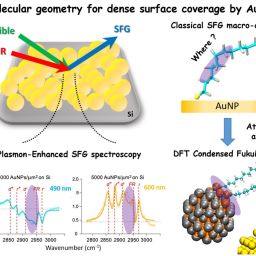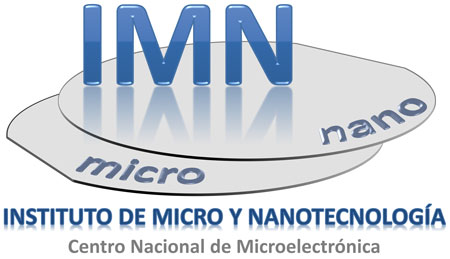Authors: Ekstrom, E; le Febvrier, A; Bourgeois, F; Lundqvist, B; Palisaitis, J; Persson, POA; Caballero-Calero, O; Martin-Gonzalez, MS; Klarbring, J; Simak, SI; Eriksson, F; Paul, B; Eklund, P
Article.
RSC Adv.. vol: 10. page: .
Date: FEB 23. 2020.
Doi: 10.1039/c9ra10007e.
Abstract:
CaMn1-xNbxO3 (x = 0, 0.5, 0.6, 0.7 and 0.10) thin films have been grown by a two-step sputtering/annealing method. First, rock-salt-structured (Ca,Mn1-x,Nb-x)O thin films were deposited on 11 & x304;00 sapphire using reactive RF magnetron co-sputtering from elemental targets of Ca, Mn and Nb. The CaMn1-xNbxO3 films were then obtained by thermally induced phase transformation from rock-salt-structured (Ca,Mn1-xNbx)O to orthorhombic during post-deposition annealing at 700 degrees C for 3 h in oxygen flow. The X-ray diffraction patterns of pure CaMnO3 showed mixed orientation, while Nb-containing films were epitaxially grown in [101] out of-plane-direction. Scanning transmission electron microscopy showed a Ruddlesden-Popper (R-P) secondary phase in the films, which results in reduction of the electrical and thermal conductivity of CaMn1-xNbxO3. The electrical resistivity and Seebeck coefficient of the pure CaMnO3 film were measured to 2.7 omega cm and -270 mu V K-1 at room temperature, respectively. The electrical resistivity and Seebeck coefficient were reduced by alloying with Nb and was measured to 0.09 omega cm and -145 mu V K-1 for x = 0.05. Yielding a power factor of 21.5 mu W K-2 m(-1) near room temperature, nearly eight times higher than for pure CaMnO3 (2.8 mu W K-2 m(-1)). The power factors for alloyed samples are low compared to other studies on phase-pure material. This is due to high electrical resistivity originating from the secondary R-P phase. The thermal conductivity of the CaMn1-xNbxO3 films is low for all samples and is the lowest for x = 0.07 and 0.10, determined to 1.6 W m(-1) K-1. The low thermal conductivity is attributed to grain boundary scattering and the secondary R-P phase..



